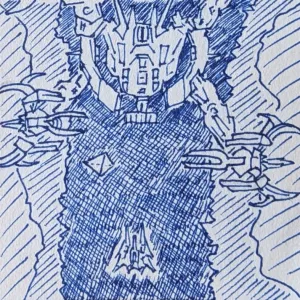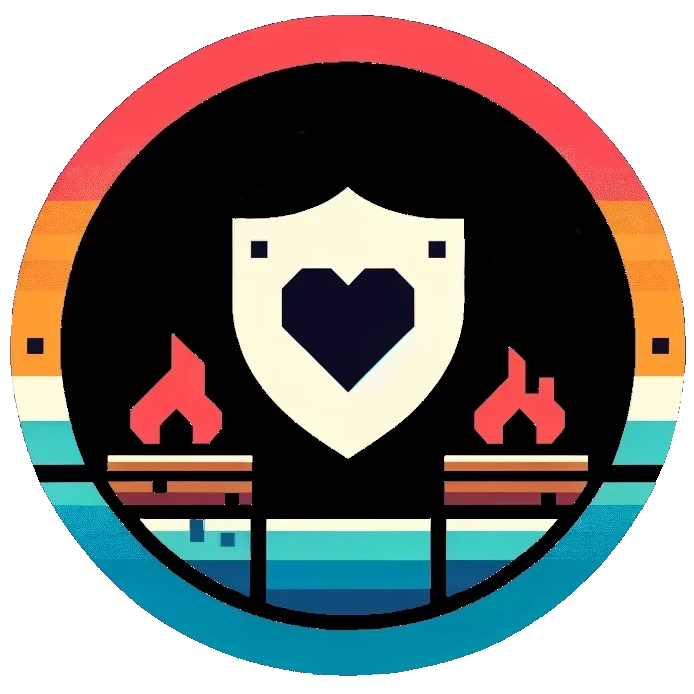Layer Section
Lock-on to AI threat
August 24, 2024

Platform:
Release: Feb 1994
Developer: Taito
Publisher: Taito
Composer: Tamayo Kawamoto
Genres: shmup
Other platforms:
This amazing game with multiple names: “RayForce”, “Layer Section”, “Galactic Attack,” and “Gunlock” (due to legal issues), offers a highly rewarding experience from the very beginning, both in its audiovisual aspects and gameplay.
Its controls, though simple, are difficult to master, making this game highly enjoyable whether you’re experienced in the genre or a beginner.
If you like shmups and haven’t played this game, give it a chance. I assure you, you won’t regret it.
What I liked the most
-
The music fits perfectly with the game’s aesthetics and rhythm. The composer, Tamayo Kawamoto, who worked on epic soundtracks like “Ghosts’n Goblins” and “Legendary Wings” during her time at Capcom, did a sensational job on this game.
-
This Sega Saturn port is quite faithful to the arcade version, with excellent technical quality and no FPS drops.
-
The game offers players several ways to get more screen space and thus focus better:
- You can enable/disable the UI (score, shot meter, lives, remaining credits) with the press of a button while playing, without having to pause the game.
- You can activate “Tate mode” (aka vertical screen mode) if your screen allows it to be physically rotated 90 degrees, so the aspect ratio provides more visual space.
-
The transitions between levels are very smooth, with no black loading screens, a marvel. Through small animations and sprite scaling, it creates an immersive experience that simulates descending from space to the Earth’s core, where the final boss “Con-Human” awaits.
-
The art is very well done, with a ’90s anime aesthetic and mecha-style ships, and it surprises us with an intro that leaves no one indifferent.
-
It has a cooperative mode for 2 players.
-
The secondary weapon, “Lock-on,” adds an extra challenge for those aiming for high scores. The more enemies targeted (up to 8) and hit, the more points, but also more risk.
-
Its replayability. Even if you manage to complete it on the easy mode (“normal” mode), which is no small feat, the highly rewarding experience makes it a game to return to now and then, whether to achieve a 1CC or test yourself with its other 5 difficulty levels.
What didn’t win me over
-
The difficulty progression is a bit abrupt, with a radical increase at level 6. While we can reach levels 4 or 5 with little training, once we get to the sixth level, we’ll hit a wall that will require significantly improving our skills if we want to overcome it without exhausting our “continues”.
